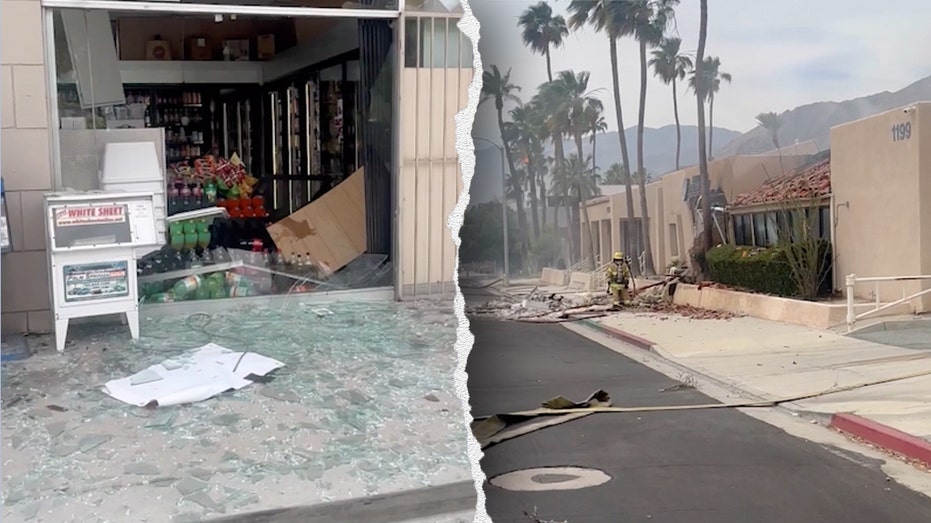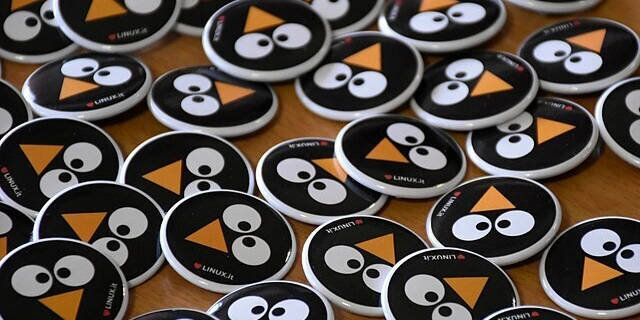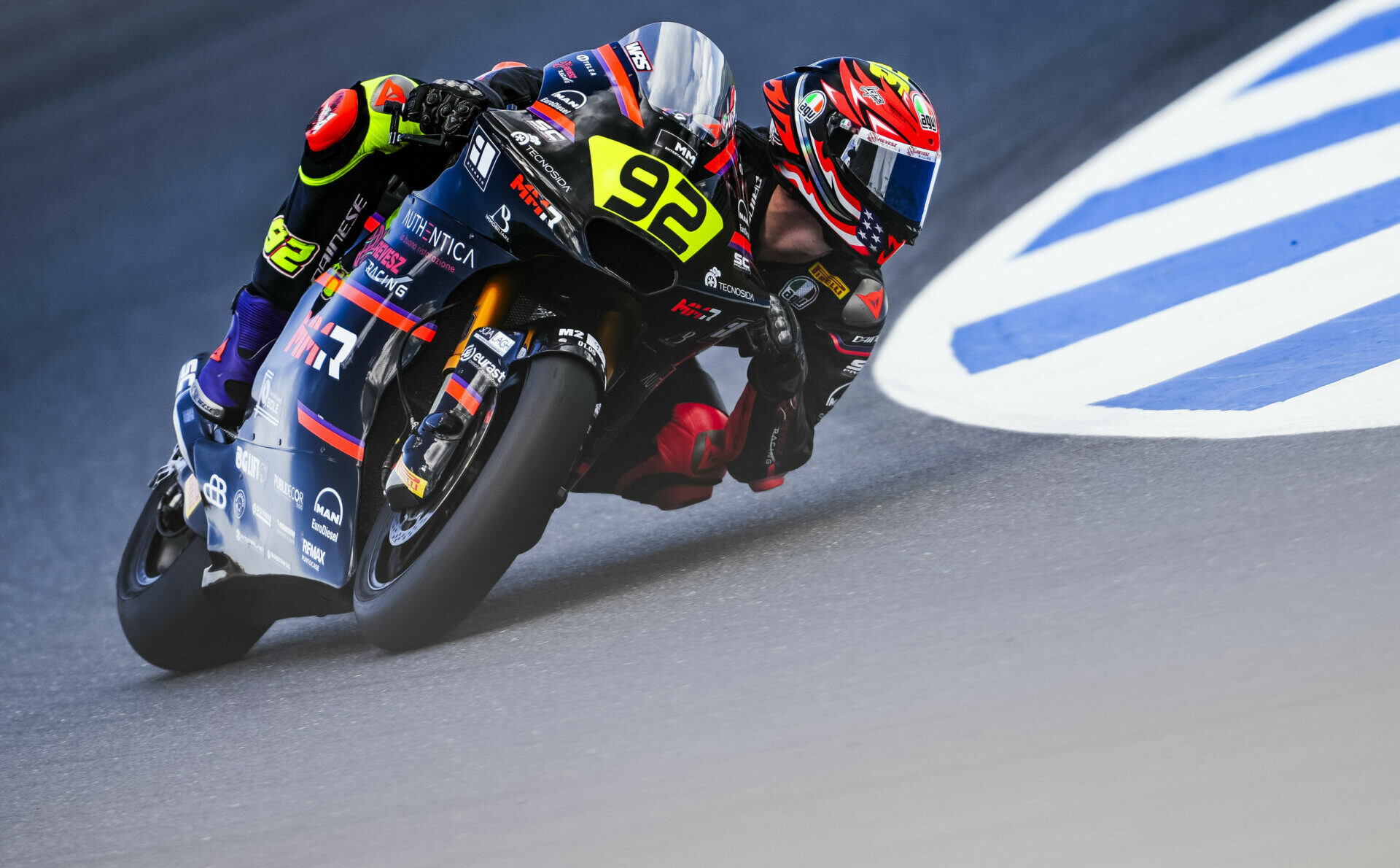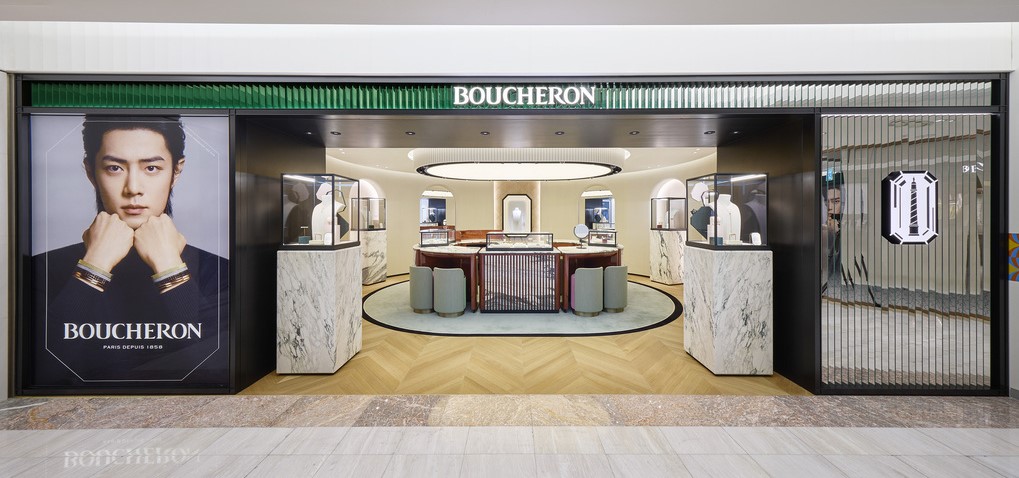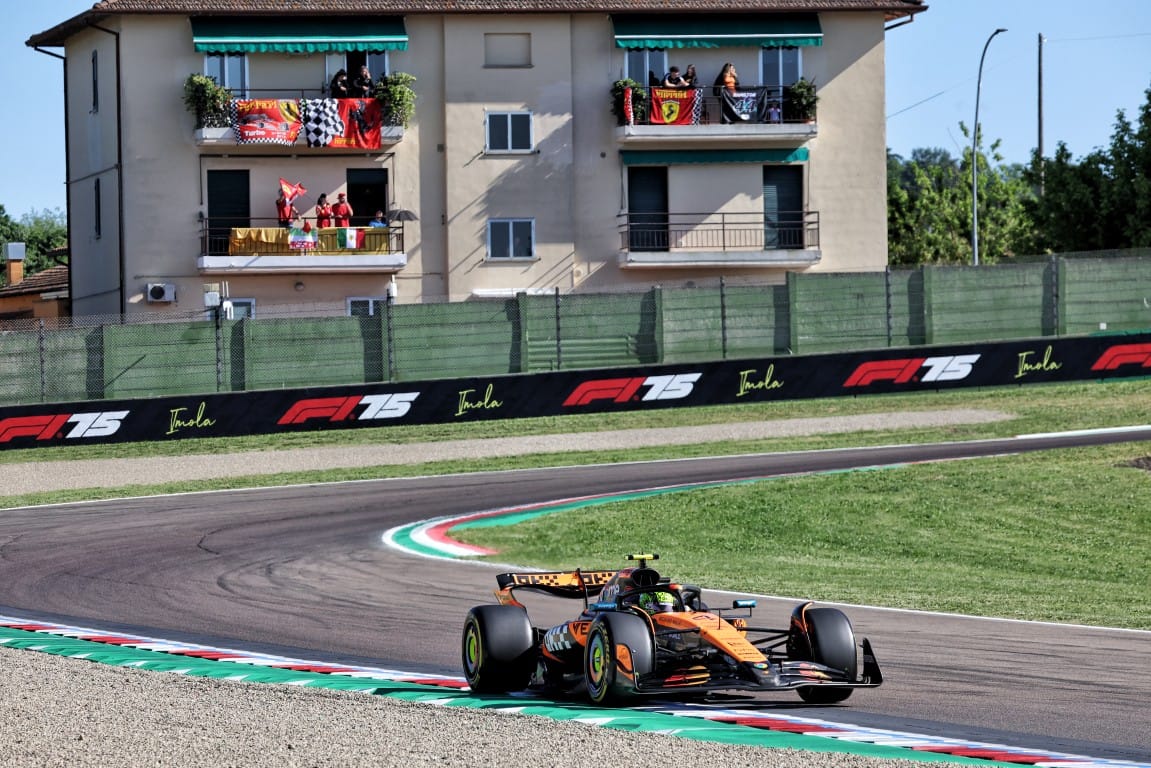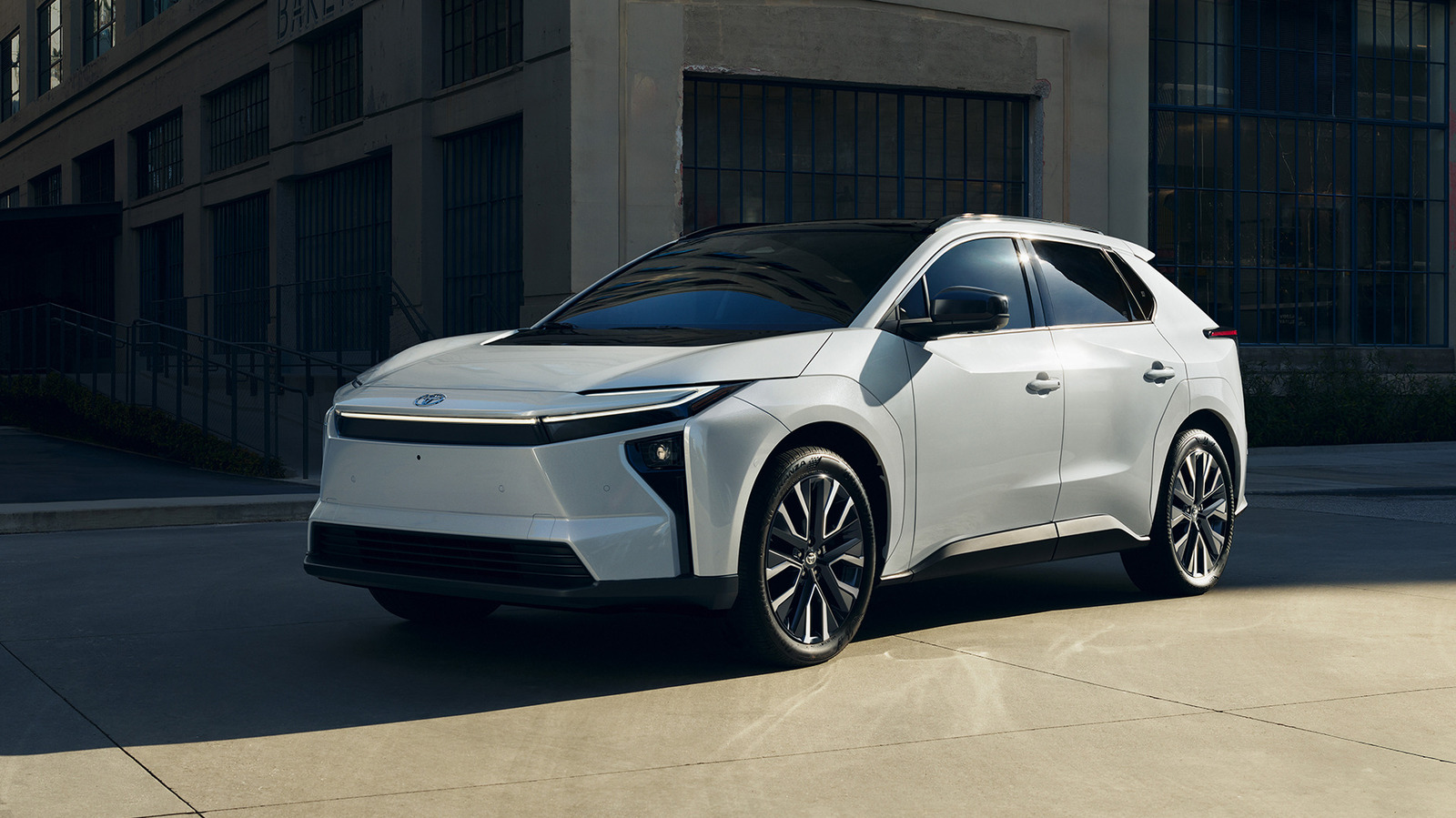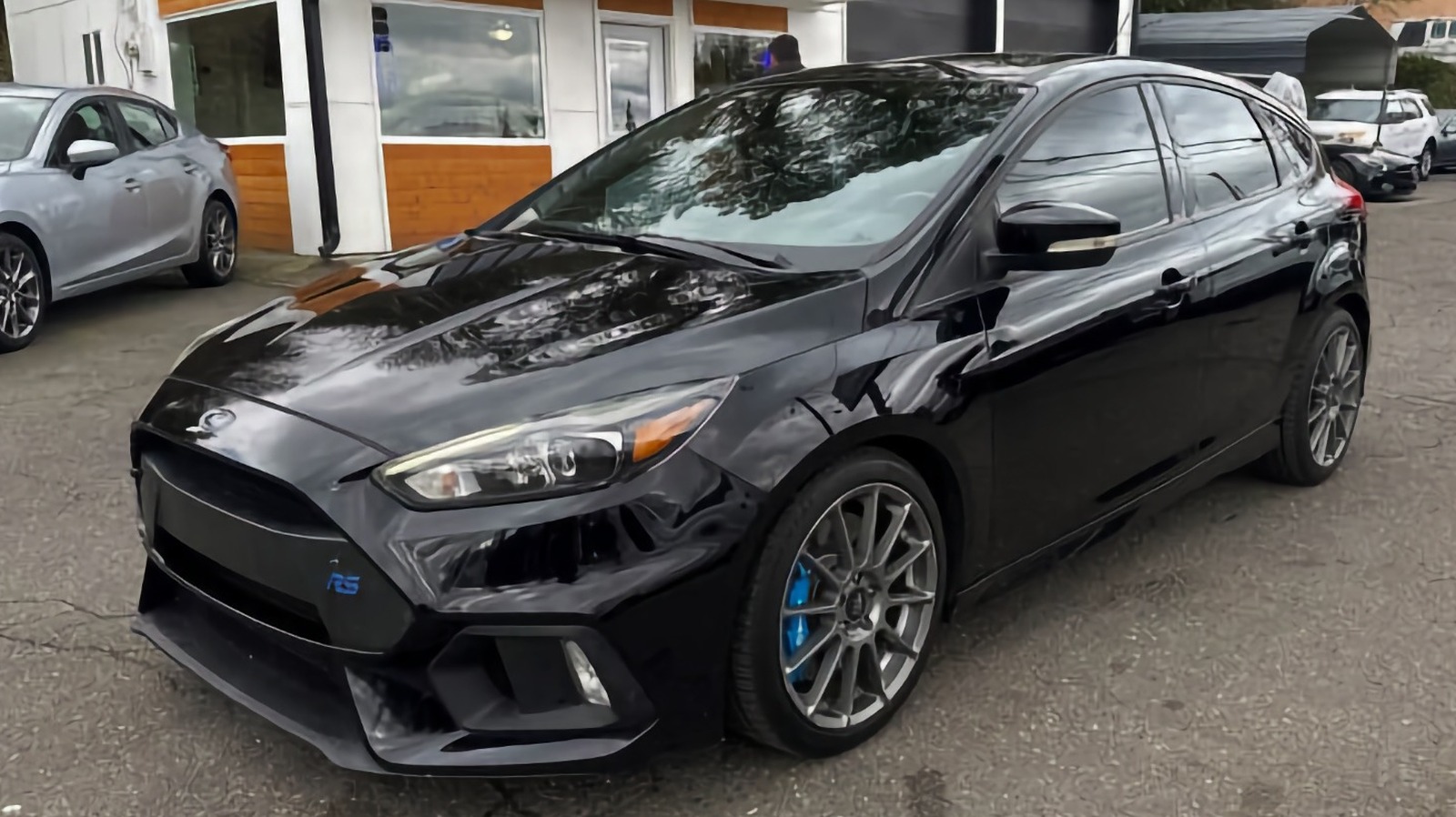F1's bold action to shake up Imola looks set to fail
F1 and Pirelli tried a bold move to ensure a more exciting and varied Imola race, but the evidence suggests it won't work. So what should they try next?
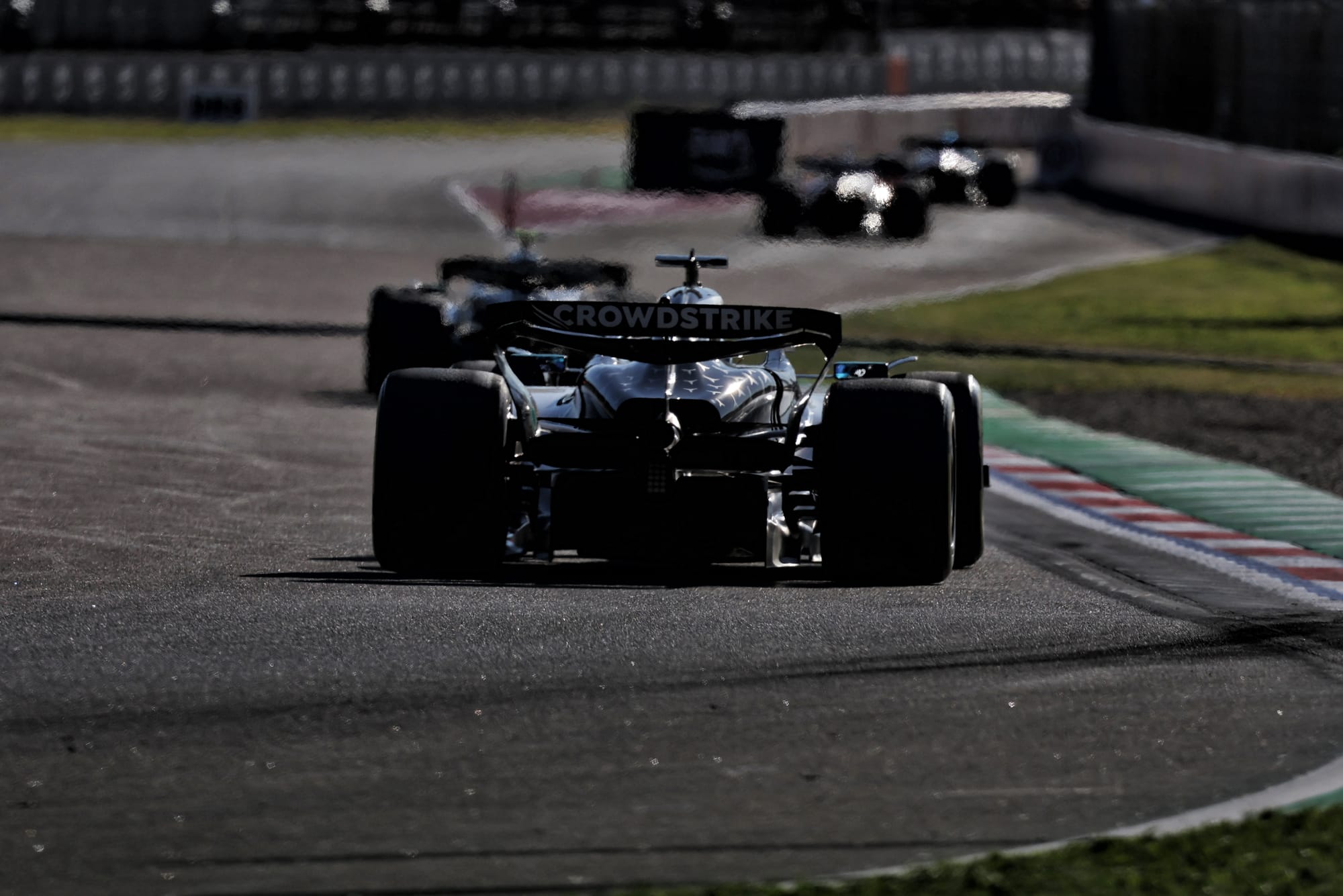

Formula 1 has taken a step into the unknown at this weekend's Emilia Romagna Grand Prix with Pirelli bringing the softest tyres it can in a bid to spice up strategy options.
The debut of the aggressive C6, originally designed for low energy street circuits, as Imola's soft tyre triggered plenty of intrigue over how it would fare and the impact it could have on increasing the number of stops.
Some teams suspected a little bit of chaos if the C6 proved too fragile even for qualifying – which would force teams onto the medium tyres to secure grid positions.
With only three sets of mediums and two hards for the entire weekend, that would have made life pretty challenging for teams if they had to balance out what they used across Saturday and Sunday.
In the end those fears did not materialise as in Friday practice the C6 proved not only well controllable to keep alive for a qualifying lap, but also hit the target for the pace advantage it needed to deliver: about 0.3-0.5 seconds quicker than the C5.
Of more significance for the spectacle on Sunday though is the C5's characteristics over long runs. The hope had been it would be such a soft form of medium it would be unmanageable for stretched out race stints and would open the door for Imola to have to be a two-stopper.
The conclusion after Friday practice, perhaps to the surprise of some within Pirelli itself, was that teams and drivers might have got too good at tyre management as Imola already looks like being another one-stopper weekend.
Twelve months on from the exact same C5 compound (when it was the soft) being totally unsuitable for the Imola race as teams exclusively used the medium and hard, now that very same tyre looks able to be managed long enough to open the door for just a single tyre change.
Both George Russell and Pierre Gasly managed 11-lap long run simulations in FP2 with degradation across the field not ringing any alarm bells or suggestions multiple stops would be needed.
Although on paper the two stopper may be mathematically quicker, the lack of overtaking opportunities at Imola, allied to that oh-so-slow 27s/28s pitstop loss time, means avoiding the extra stop is the priority.
There is no doubt teams are going to push for that one-stop, and things will also have been helped by Pirelli electing to reduce the minimum rear tyre pressures by 1psi overnight – which should help teams even better manage the thermal degradation.
The next steps
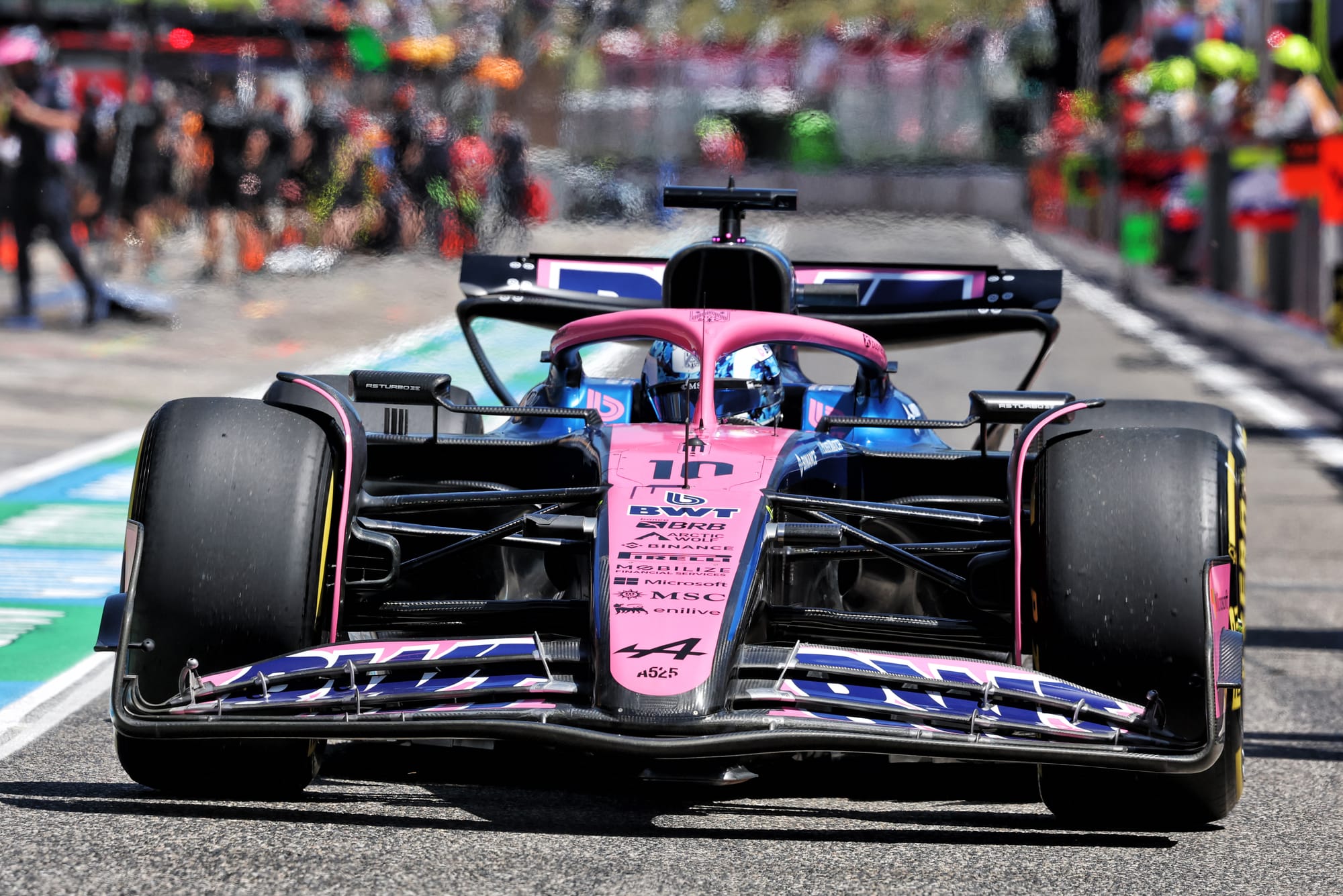
The fact that Imola looks set to remain a one-stopper may not be too much of a shock to Pirelli, because of the overtaking and pitstop loss elements, but it does perhaps now give it some better direction in understanding how best to adjust things in the future to try to avoid one-stops everywhere.
On one side, the fact that the C6 has not proved to be too fragile to run on a circuit like Imola means that it can now be considered for some other venues where Pirelli may have been reluctant to run it.
Pirelli's chief engineer Simone Berra said: "Looking at the result here, we can evaluate better if it's too risky or not for somewhere like Singapore.
"We are thinking about Baku as well, because we have, again, low energy. Those two at the moment are under investigation and we are also thinking about Mexico because that circuit is quite smooth, and the energies are low.
"But we don't want really to push too much. There is the middle sector there where you have high-speed corners and you risk generating, let's say, higher degradation in that section - and then the tyre cannot last till the end of the line."
Perhaps the biggest lesson from what has been seen so far at Imola is that, with the teams clearly getting ever better at looking after the softest compounds, that the way to open up two stops is not to push them into a corner on the soft front.
Instead, the trick could be to make things more challenging at the other end of the spectrum with the type of hard tyres Pirelli brings and potentially skip some compound levels.
Rather than making the hard softer so it needs to be looked after, it could make it more conservative so it's just not quick enough.
By doing that, the loss of lap time could discourage teams from going for it in an attempt to one-stop.
Berra added: "For example, we can bring the C2, the C4 and the C6, or at some circuits try something different like the C3, C4 or C6.
"We need to evaluate. I don't think it will happen before the middle of the season, and it's most likely to be the case that we will decide something for the second half.
"We are talking to teams about it. We are doing simulations and sharing the results of the simulations with them.
"We are all working the same direction, as we would like to have good races and different strategies, because this creates the show."
Teams too good
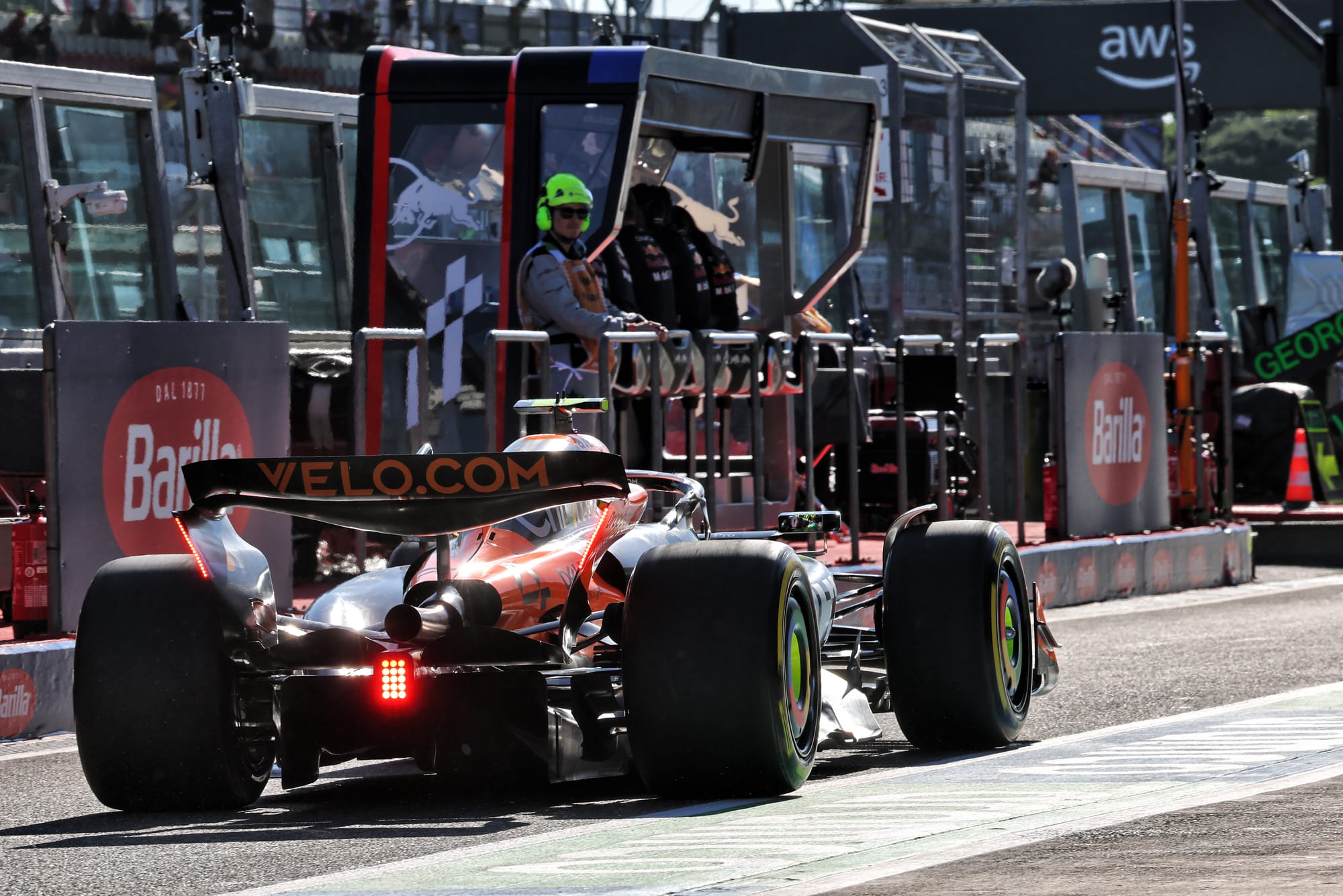
Ultimately the biggest enemy that Pirelli is facing in trying to engineer two-stop races is the fact that, off the back of improvements made to the tyre construction this season, teams themselves keep making gains in how they handle them.
The bigger headaches teams are given, the better they seem able to cure the challenges thrown at them.
That a C5 tyre that 12 months ago was not viable for the race is now good enough to put teams on target for a one-stopper says everything about the advances being made.
From Berra's perspective, what we are seeing is the simple result of a better product being better managed by teams.
"We made a big step improvement in terms of mechanical resilience, and we also did an improvement on thermal degradation," he explained.
"Then part of the contribution is made by the teams and the way they are approaching tyre management.
"They well know the 18-inch product and, although the compounds are new, they have a lot of experience from previous years with the previous range.
"This all has an influence. But in my opinion I would say 50% is the car, and then on top of that the drivers are managing better – most are now doing a gentle introduction, copying what others have done in the past."


